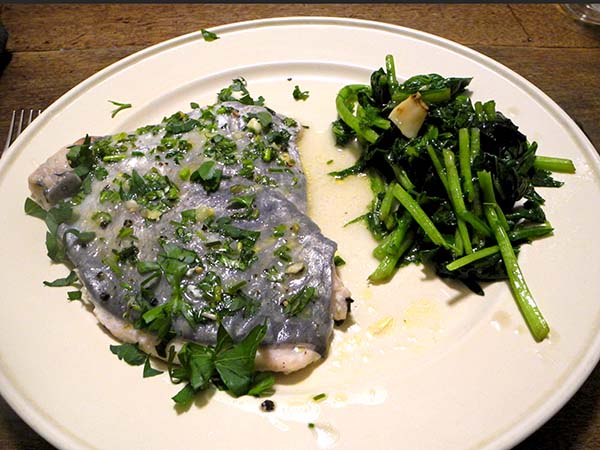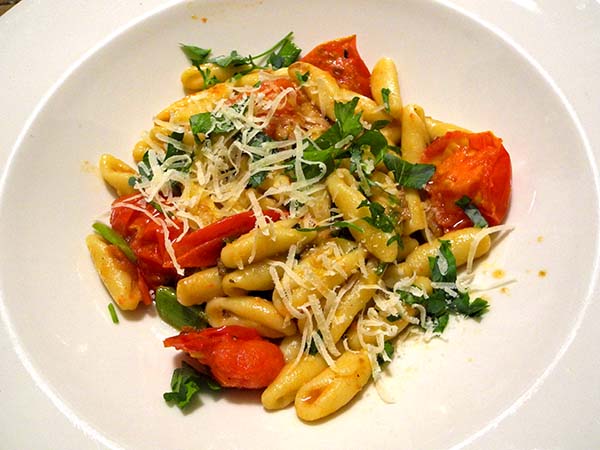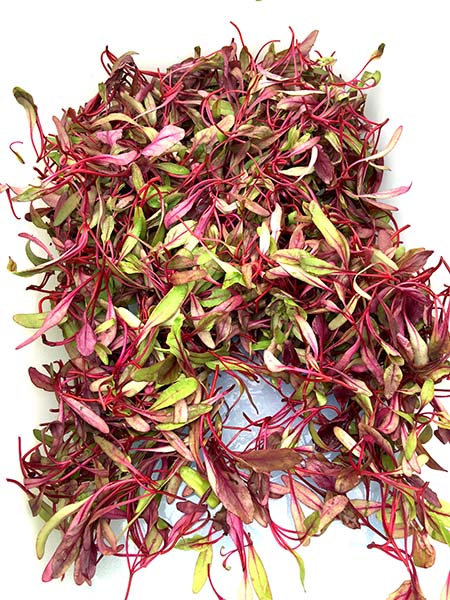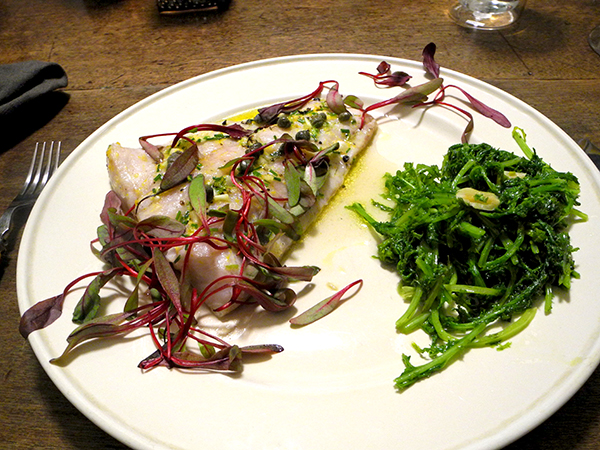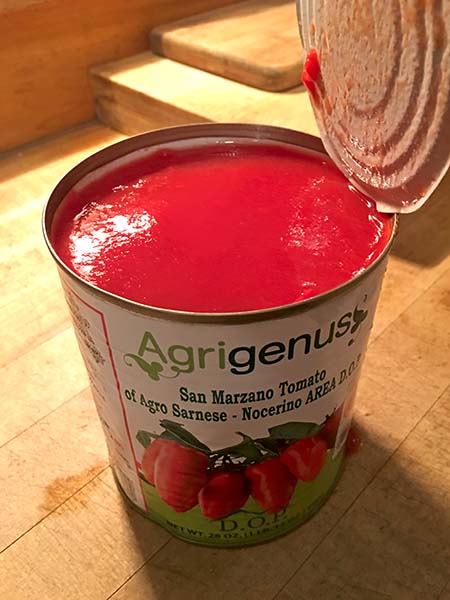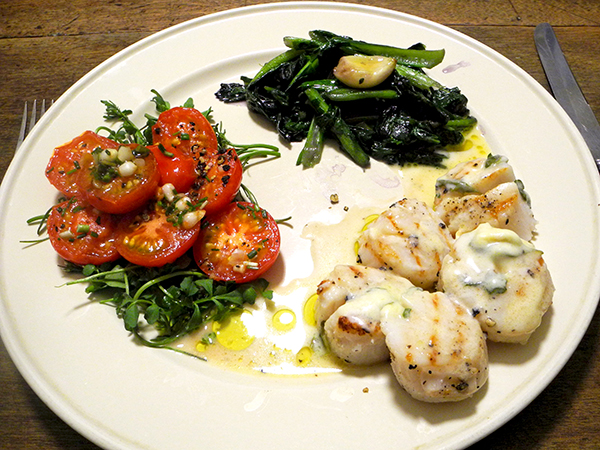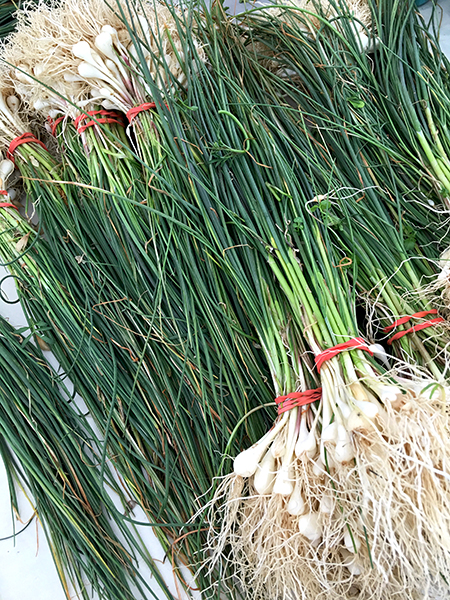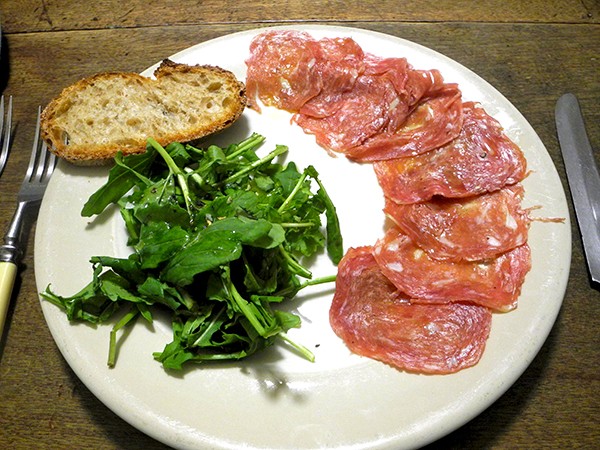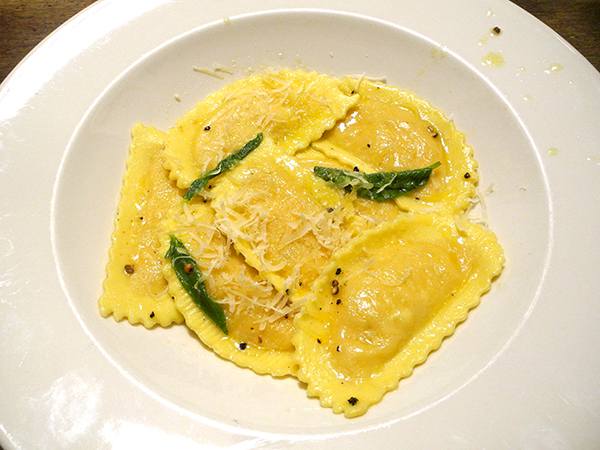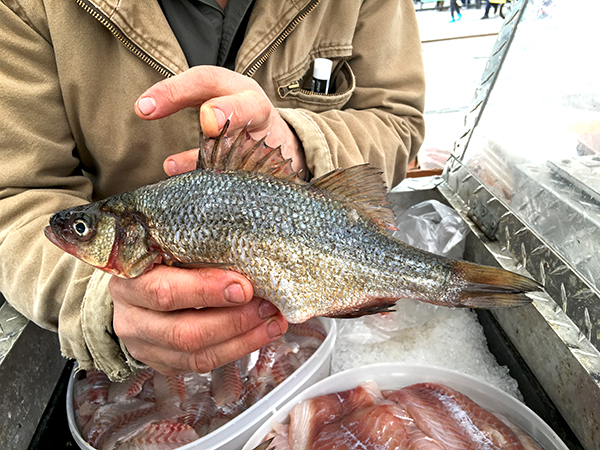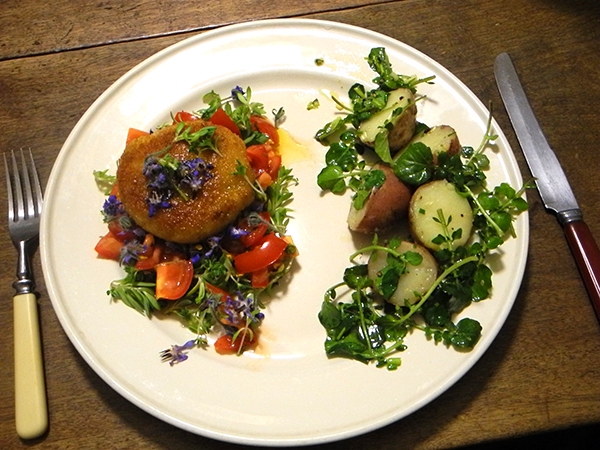Since we would be heading out to the Jewish Museum afterward, I suppose this hearty Sunday breakfast could be called ‘unorthodox’, in light of the title of the museum’s current show of that title. That same afternoon we were also able to visit some of the rooms of the permanent exhibition, which I can heartily recommend to anyone.
- the thick bacon from the Amish farmers in Pennsylvania, Millport Dairy was fried very slowly over a very low flame
- the eggs were also from Millport Dairy, fried in the bit of fat rendered earlier by the bacon, but only after a little butter had been added to the pan, then enriched with condiments which included, Maldon salt, some ground highly-pungent ‘India Special Extra Bold’ Tellicherry peppercorns, wild garlic from Lani’s Farm, a bit of dried Itria-Sirissi chili (peperoncino di Sardegna intero) from Buon Italia, and, after the photo above was taken, a very wonderful aromatic seasoning blend called L’eKama
- the tomatoes were halved Backyard Farms Maine ‘cocktail tomatoes’ from Whole Foods, briefly sautéed in the pan in which the bacon and eggs had cooked, then sprinkled with Maldon salt, with fresh oregano from Stokes Farm which I had been keeping alive since last fall [yup.]
- the bread for the toast was ‘rustic classic’ from Eataly

